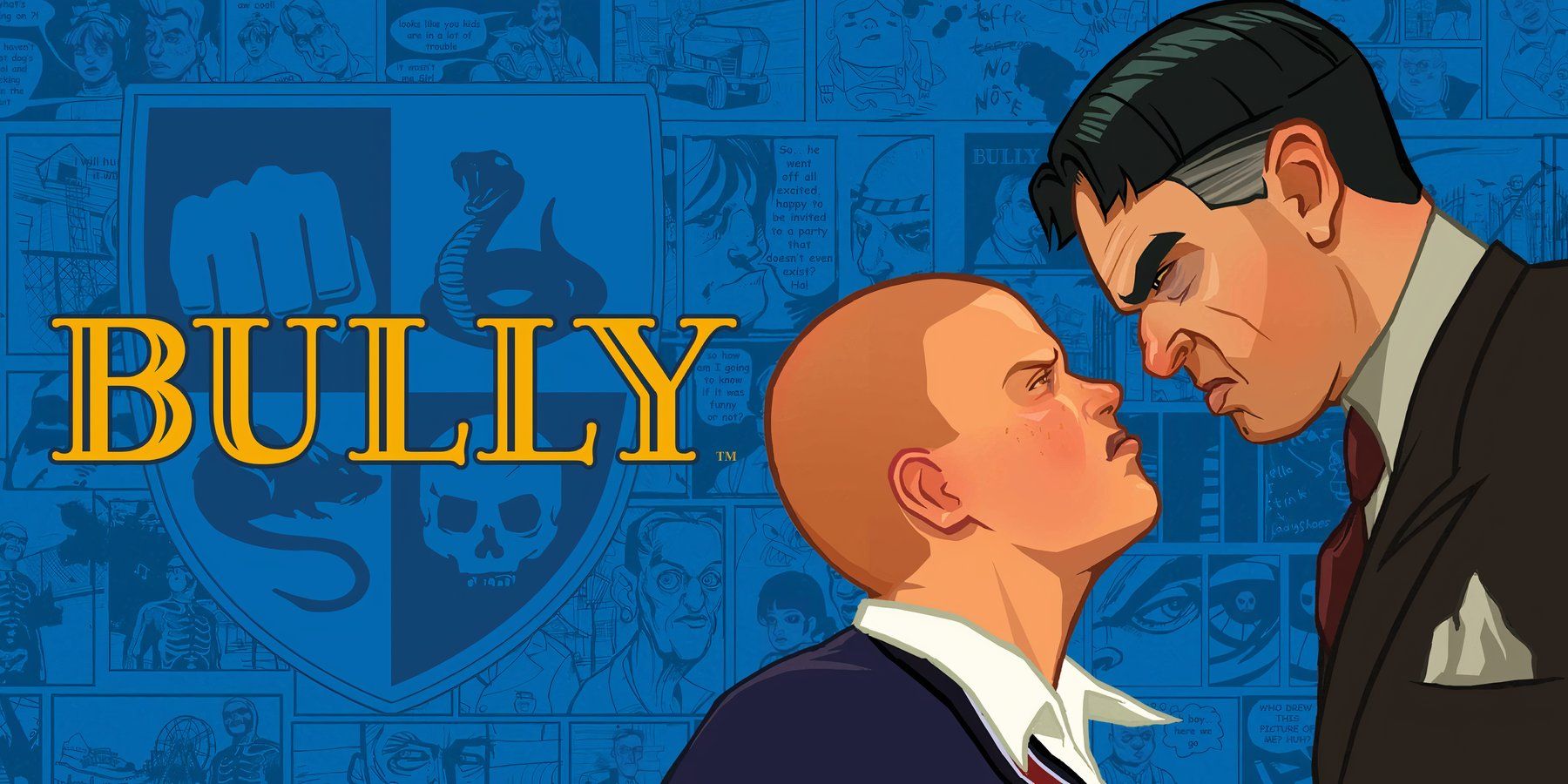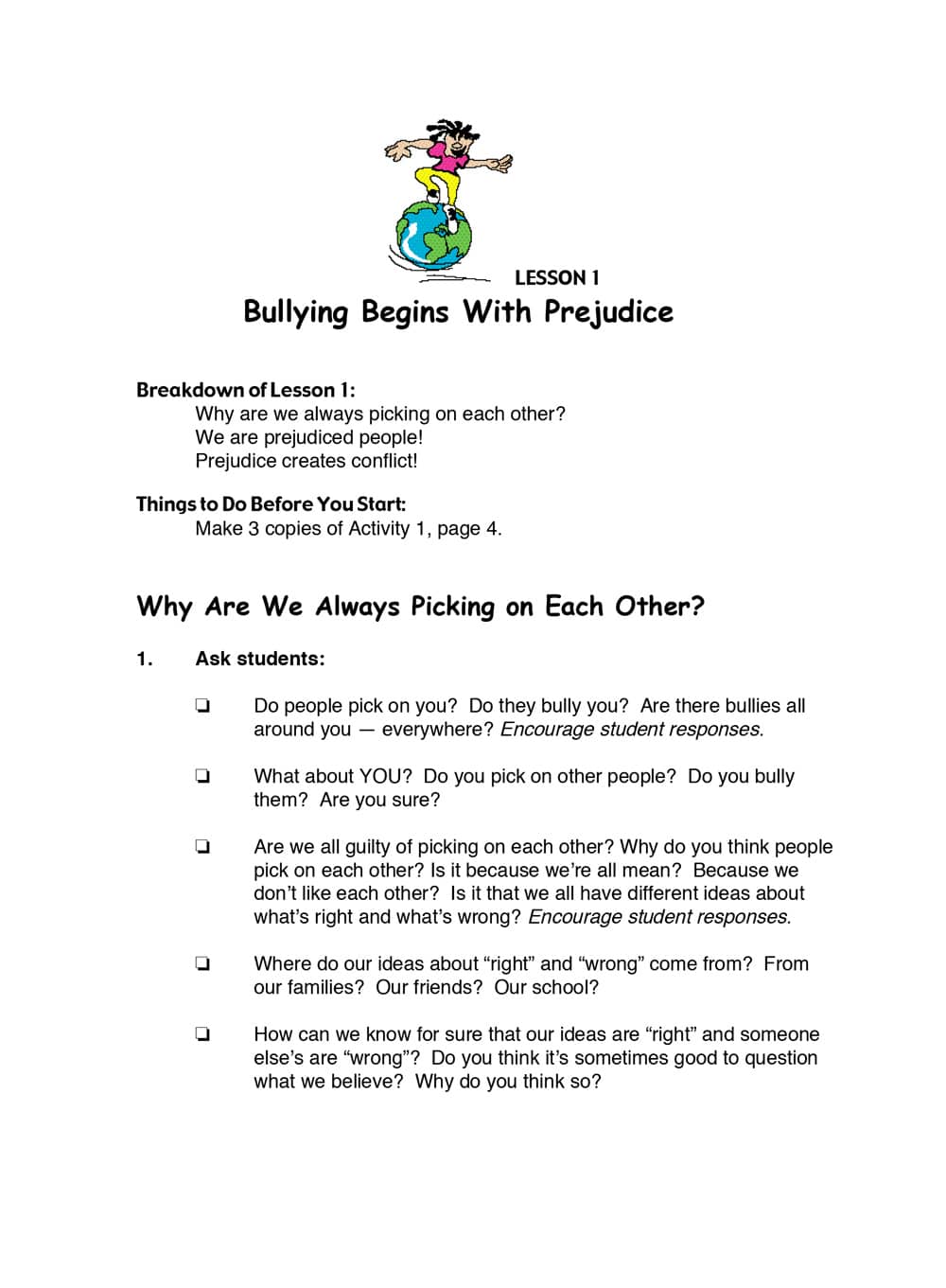Prank Bully: A Deep Dive Into The Line Between Fun And Harm
Let's cut straight to the chase. Prank bullying is a topic that needs serious attention because it's not just about laughs and giggles. It's about understanding the fine line between harmless fun and something that can leave lasting scars on people's mental health. In this digital age, where pranks are shared like wildfire across platforms, we need to ask ourselves: Are these pranks really as innocent as they seem? Or are they veiled forms of bullying in disguise?
Prank bullying might sound like an oxymoron to some, but trust me, it's a real issue. The internet has given us a platform to showcase creativity, but it's also become a breeding ground for behaviors that can harm others. What starts as a joke can escalate into something far more damaging than we realize. And if we're not careful, what we think is funny today could come back to haunt us tomorrow.
We’re diving deep into this topic because it’s not just about entertainment anymore. It’s about responsibility, empathy,, and knowing when to draw the line. So buckle up because we’re about to explore the world of prank bullying, its impact, and how we can make the internet (and real life) a safer place for everyone.
Read also:Angela Boggs Normal World The Fascinating Journey Of An Ordinary Woman Turning Heads
What Exactly is Prank Bullying?
Let’s break it down. Prank bullying happens when someone uses pranks as a way to humiliate, embarrass, or harm another person. It’s not just about playing around—it’s about crossing boundaries and targeting someone in a way that’s meant to hurt. And let’s be honest, sometimes it’s hard to tell where the fun stops and the harm begins.
Prank bullying can take many forms. It could be a video of someone being pranked in a way that makes them look foolish, or it could be a prank that exploits someone’s insecurities. The thing is, what might seem funny to one person can be absolutely devastating to another. And in the world of social media, these pranks can go viral in seconds, amplifying the harm exponentially.
Understanding the Psychology Behind Prank Bullying
Why do people engage in prank bullying? The truth is, it’s often rooted in deeper psychological issues. Some people might do it for attention, while others might do it because they genuinely don’t understand the impact of their actions. But whatever the reason, the bottom line is that prank bullying is harmful.
Here’s the thing: the brain doesn’t always distinguish between jokes and genuine threats. When someone is pranked in a way that makes them feel unsafe, their body responds as if they’re in real danger. This can lead to anxiety, stress, and even trauma. And when these pranks are shared online, the victim is left to deal with not just the initial prank but also the public ridicule that comes with it.
Is Prank Bullying Really a Big Deal?
Oh, it’s a huge deal. Prank bullying isn’t just about making someone laugh—it’s about the potential long-term effects on the victim’s mental health. Studies have shown that victims of bullying, including prank bullying, are more likely to experience depression, anxiety, and even suicidal thoughts. And in the age of social media, where everything is documented and shared, the impact can be even more severe.
Let’s talk numbers. According to a study by the Cyberbullying Research Center, about 34% of students have experienced cyberbullying at some point in their lives. And while not all of this is prank bullying, a significant portion of it involves pranks that cross the line into harmful territory. These aren’t just stats—they’re real people dealing with real pain.
Read also:Jake Schumb The Rising Star Redefining Modern Entertainment
The Impact on Mental Health
The mental health effects of prank bullying can’t be ignored. Victims often feel isolated, ashamed, and powerless. They might start to question their self-worth or become overly cautious in social situations. And let’s not forget the impact on their relationships—trust becomes harder to build when someone has been hurt in such a public way.
It’s not just the victims who suffer, either. The perpetrators of prank bullying can also experience negative effects. They might feel guilt or regret later on, especially if they realize the extent of the harm they’ve caused. And in some cases, they might even face legal consequences if their actions are deemed malicious or defamatory.
Where Does the Line Between Pranks and Bullying Lie?
This is the million-dollar question. The line between pranks and bullying isn’t always clear-cut. It depends on intent, context, and the impact on the victim. A prank that’s done in good fun with mutual consent is one thing, but a prank that’s done to harm or humiliate someone is another.
Here’s a checklist to help you determine whether a prank might cross the line:
- Is the prank consensual? If the person being pranked hasn’t agreed to it, it’s probably not okay.
- Could the prank cause emotional or physical harm? If there’s even a chance it might, it’s best to avoid it.
- Is the prank being done to make someone look bad? If the answer is yes, it’s definitely not cool.
- Could the prank be misinterpreted or taken out of context? In the world of social media, this is a big risk.
Consent: The Key to Ethical Pranks
Consent is everything when it comes to pranks. If someone hasn’t agreed to be pranked, then it’s not a prank—it’s an invasion of their personal space. And let’s be real, consent isn’t just about saying yes or no. It’s about making sure the person feels comfortable and safe throughout the entire process.
Here’s a tip: always ask for permission before pulling a prank. And if the person says no, respect their decision. It’s not about ruining the surprise—it’s about respecting their boundaries.
Prank Bullying in the Digital Age
The internet has changed the game when it comes to prank bullying. What used to be a private joke between friends can now be shared with millions of people at the click of a button. And once something is online, it’s nearly impossible to take it back.
Social media platforms have made it easier than ever to share pranks, but they’ve also made it easier to hurt people. A prank that might seem harmless in person can take on a whole new dimension when it’s shared online. Suddenly, it’s not just about the people involved—it’s about the entire audience watching.
The Role of Social Media
Social media has a way of amplifying everything—both the good and the bad. When it comes to prank bullying, it can turn a small incident into a global spectacle. And while some people might laugh at the prank, others might see it as a form of harassment or abuse.
Here’s the kicker: once something is online, it’s out there forever. Even if you delete the post, someone might have already screenshot it or shared it elsewhere. This can lead to long-term consequences for both the victim and the perpetrator.
How Can We Stop Prank Bullying?
Stopping prank bullying isn’t just about punishing those who do it—it’s about creating a culture of respect and empathy. We need to teach people to think before they act and to consider the impact of their actions on others.
Here are a few things we can do to combat prank bullying:
- Education: Schools and communities can teach kids about the dangers of prank bullying and the importance of consent.
- Open Conversations: Encourage people to talk about their experiences with prank bullying and how it made them feel.
- Reporting Mechanisms: Social media platforms should have clear and effective ways for people to report harmful content.
- Support Systems: Victims of prank bullying need access to resources that can help them cope with the emotional toll.
Building a Culture of Empathy
Empathy is the key to preventing prank bullying. When we put ourselves in someone else’s shoes, we’re less likely to do something that could hurt them. It’s about understanding that what might seem funny to us could be devastating to someone else.
Here’s a challenge: the next time you’re about to pull a prank, ask yourself if it could potentially harm someone. If the answer is yes, maybe it’s time to rethink your plan.
Real-Life Examples of Prank Bullying
Let’s look at some real-life examples of prank bullying and the impact it had on the victims. These stories are a reminder of why this issue is so important.
One example is the infamous “Kick a Ginger Day” prank that went viral a few years ago. What started as a joke turned into a global phenomenon, with people kicking redheads just because they could. The victims were left feeling humiliated and violated, and the pranksters faced backlash from the public and even legal consequences in some cases.
Learning From Mistakes
Mistakes happen, but it’s how we learn from them that matters. The key is to acknowledge when we’ve crossed the line and make a genuine effort to do better in the future. It’s not about pointing fingers—it’s about creating a safer, more respectful world for everyone.
Conclusion: Let’s Make the Internet a Kinder Place
Prank bullying is a serious issue that needs to be addressed. It’s not just about having fun—it’s about understanding the impact of our actions on others. By promoting empathy, consent, and respect, we can create a world where pranks are harmless and bullying is a thing of the past.
So here’s my call to action: the next time you’re about to pull a prank, stop and think about whether it could potentially harm someone. If the answer is yes, maybe it’s time to rethink your plan. And if you’ve been a victim of prank bullying, know that you’re not alone and there are resources available to help you.
Let’s work together to make the internet—and the world—a kinder, more respectful place. Because at the end of the day, we’re all in this together.
Table of Contents
- What Exactly is Prank Bullying?
- Is Prank Bullying Really a Big Deal?
- Where Does the Line Between Pranks and Bullying Lie?
- Prank Bullying in the Digital Age
- How Can We Stop Prank Bullying?
- Real-Life Examples of Prank Bullying
- Understanding the Psychology Behind Prank Bullying
- The Impact on Mental Health
- The Role of Social Media
- Building a Culture of Empathy


